JTF (just the facts): 5 sets of works by John Chamberlain, Robert Rauschenberg, Lucas Samaras, Ed Ruscha, and Andy Warhol, displayed in the small Gilman Gallery on the mezzanine level of the museum. (No photography is allowed at the Whitney, so there are no installation shots.) Here’s the breakdown:
Chamberlain: 1 sculpture and 1 color photograph
Rauschenberg: 1 large painting and 3 black and white silver prints
Samaras: 1 sculpture, 1 mixed media piece, and 6 Polaroids
Ruscha: 1 drawing and 2 black and white photographs
Warhol: 1 painting and 6 black and white photo booth strips
Comments/Context: While most artists confine their exploration to mastering the nuances one medium, a growing number use a variety of different tools and approaches (often intermixed) to make their art. The current show at the Whitney steps back into the historical record of the 20th century to look at how artists who were best know as painters or sculptors also used photography to examine their ideas.
The pairing of a 1963 John Chamberlain twisted sculpture made of car parts with a 1989 photograph of swirling, distorted, blurred swaths of color was the most surprising and enlightening section of the show for us. We didn’t know that Chamberlain was also a photographer, and the works showed a clear commonality in their approach to form and color.
The other four artists (Rauschenberg, Samaras, Ruscha and Warhol) were all more widely known to have been using photography as part of their artistic process, so their inclusion here was more expected. The group of Samaras works seemed most connected by the artist’s interest in manipulating and controlling the processes for making the art, to extend the normal boundaries of those mediums. The Warhol grouping of a large multi-panel Jackie painting with several photo booth images was perhaps the most obvious of the pairings, since it is so widely known that Warhol used photographs as the basis for most of his portraits.
The Rauschenberg and Ruscha combinations were the most obscure to our eyes. While both artists had clearly been active photographers, the specific images selected to go with the paintings and drawings were harder to reconcile. We were unable to connect the dots to draw much meaning from these pairings.
So while the concept of this exhibition is an excellent one, the execution is a little uneven. I would have liked to have seen more interrelationships and back and forth between the mediums and more explanation for how photography was used by each of these artists (particularly for Rauschenberg). That said, the Chamberlain alone is worth a short detour.
Collector’s POV: Warhol, Ruscha and Samaras photographs are all generally readily available in the secondary markets. Rauschenberg’s photography is more scarce at auction. This was the first time I had ever seen a photograph by John Chamberlain, so his photographic work is likely even more hard to come by.
Rating: * (one star) GOOD (rating system described here)
Artists Making Photographs
Through Spring 2009
Whitney Museum of American Art
945 Madison Avenue
New York, NY 10021

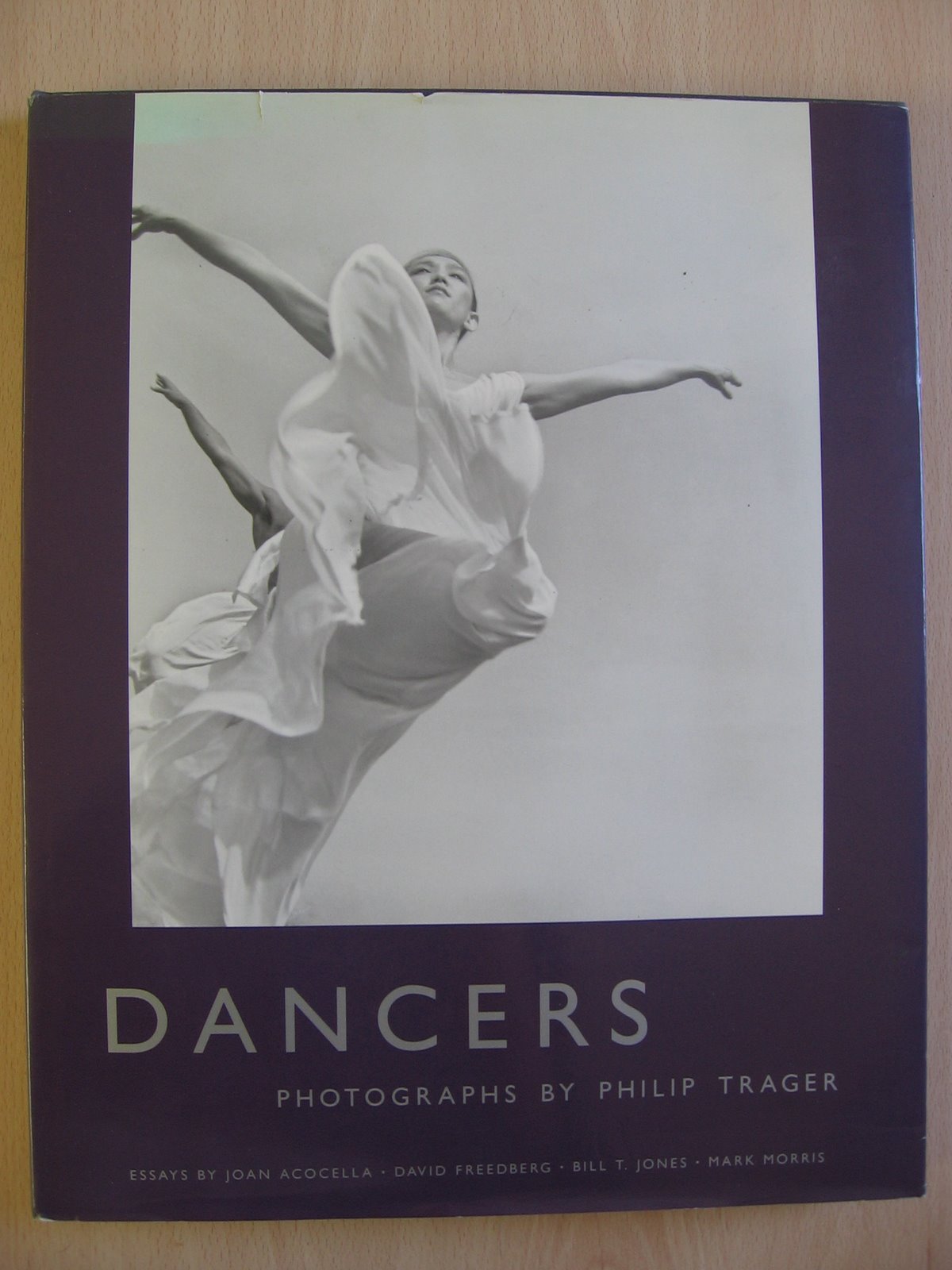


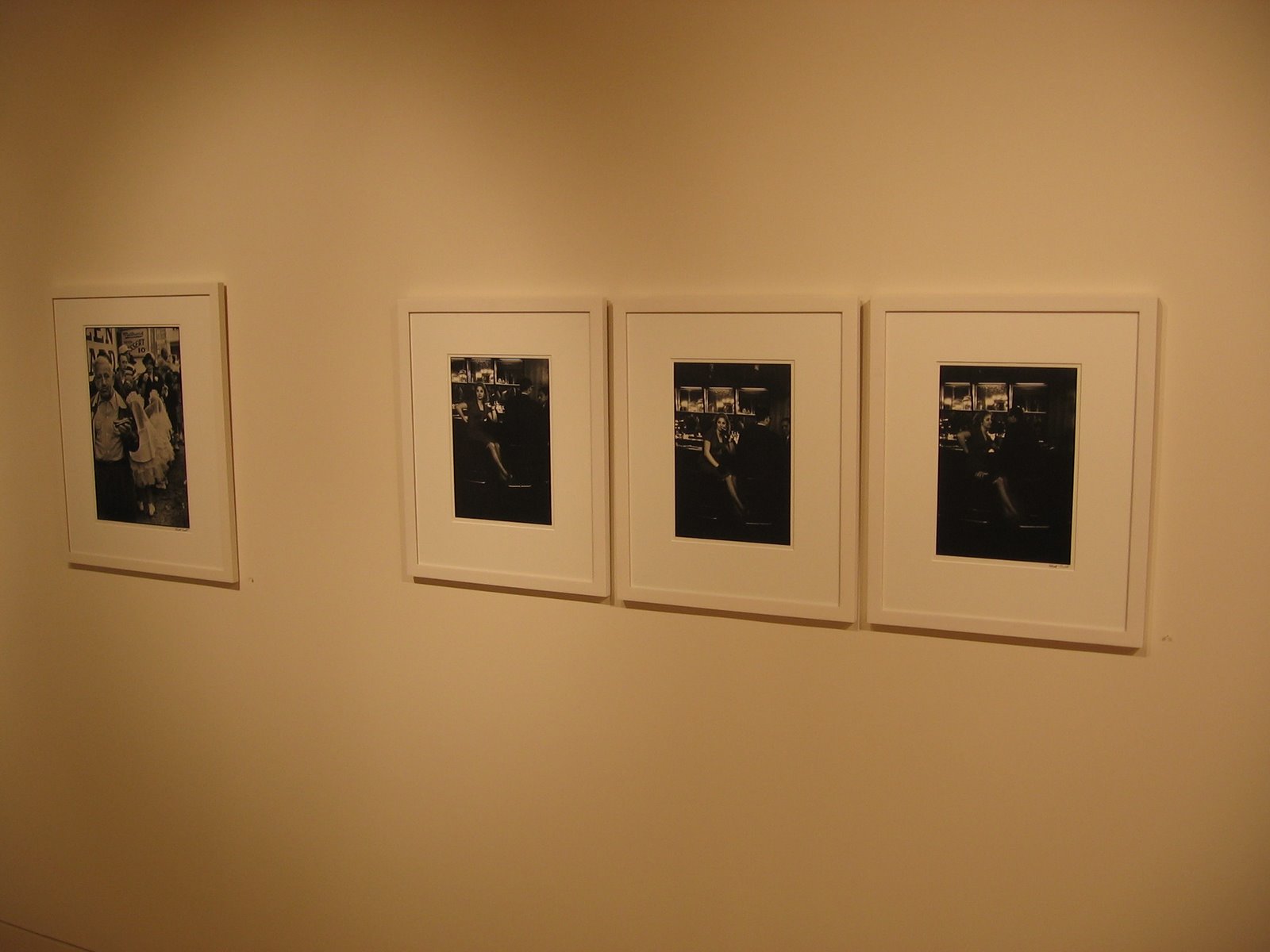
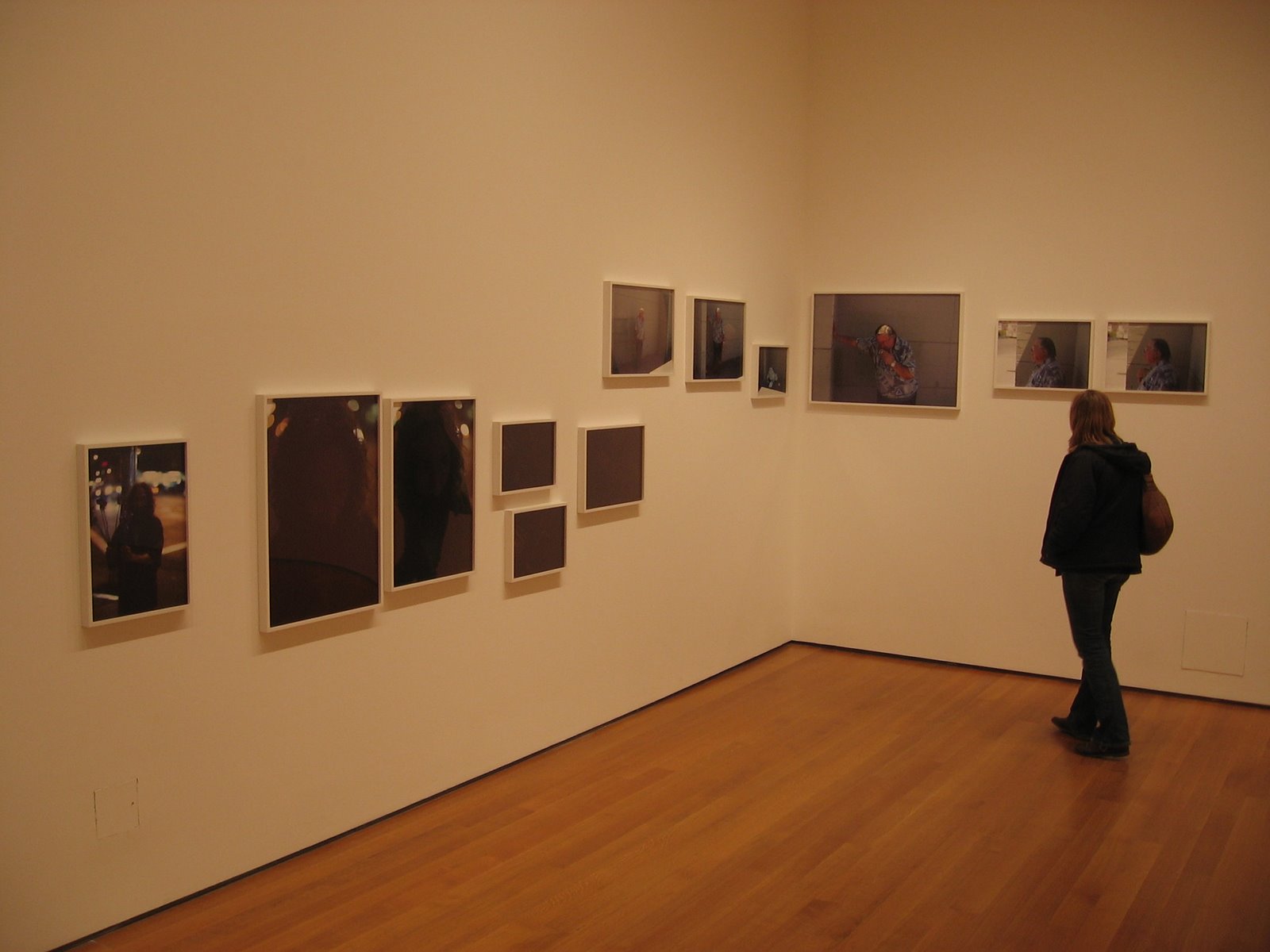

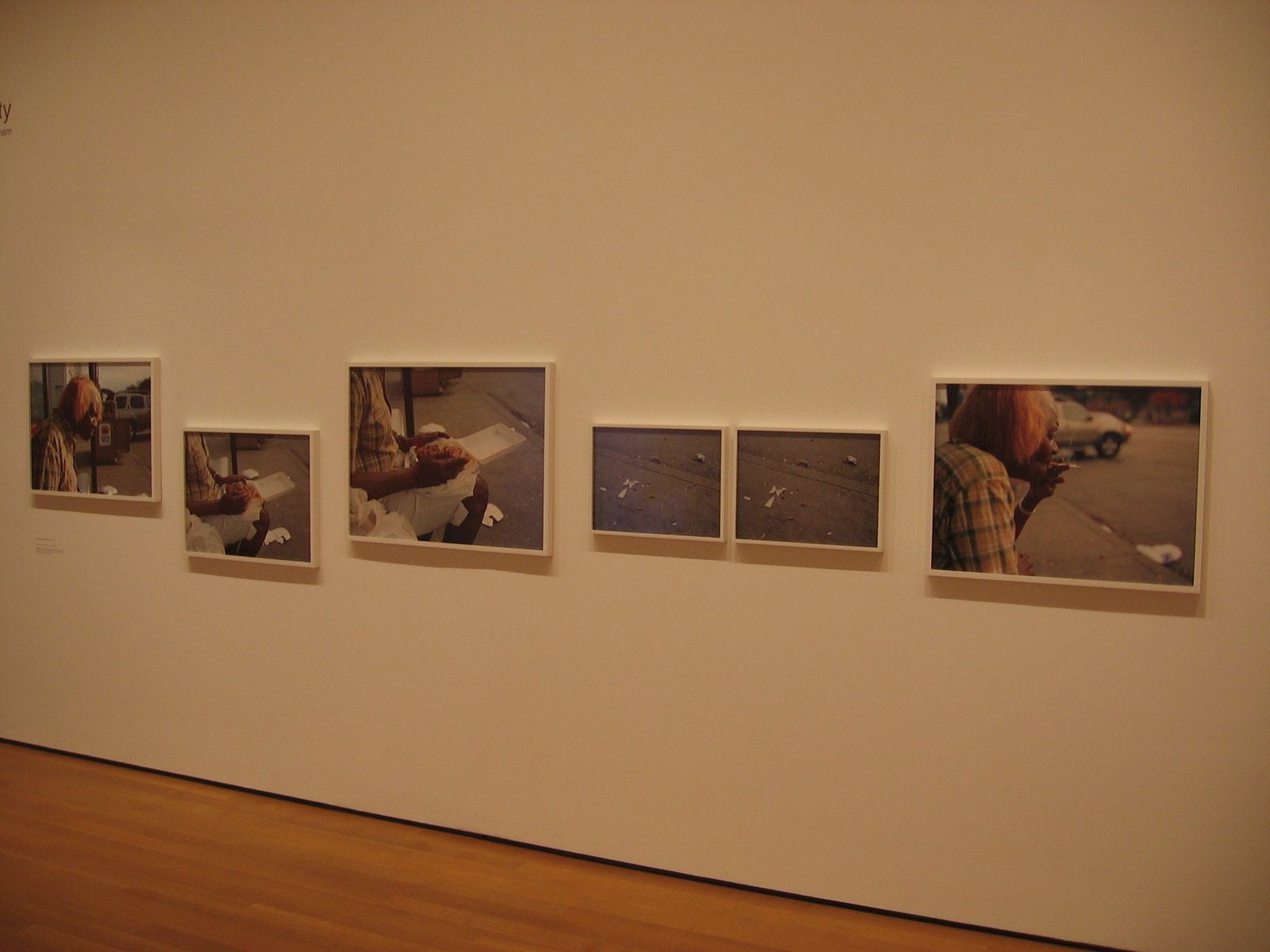



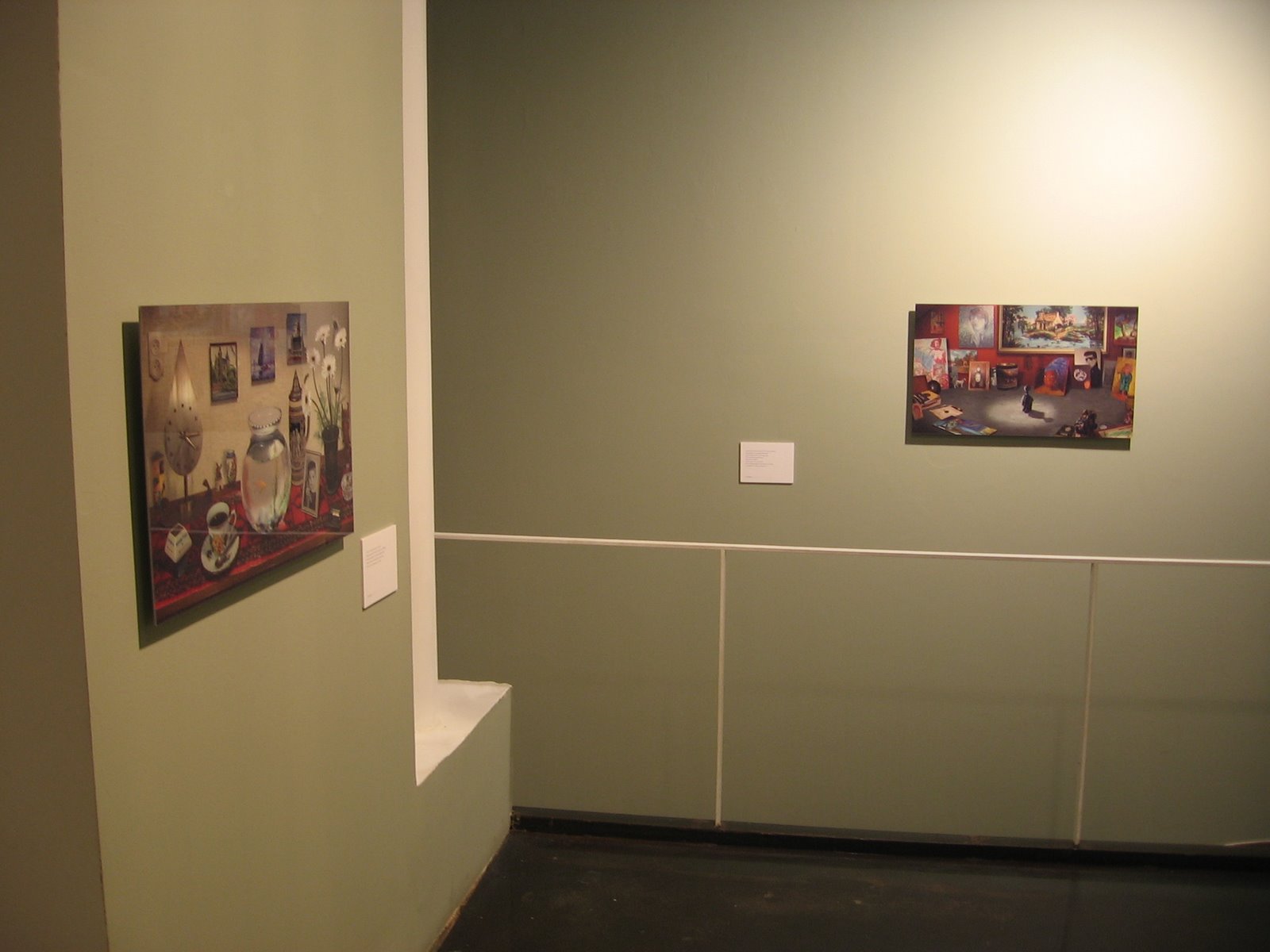
 If you have ever been to the
If you have ever been to the